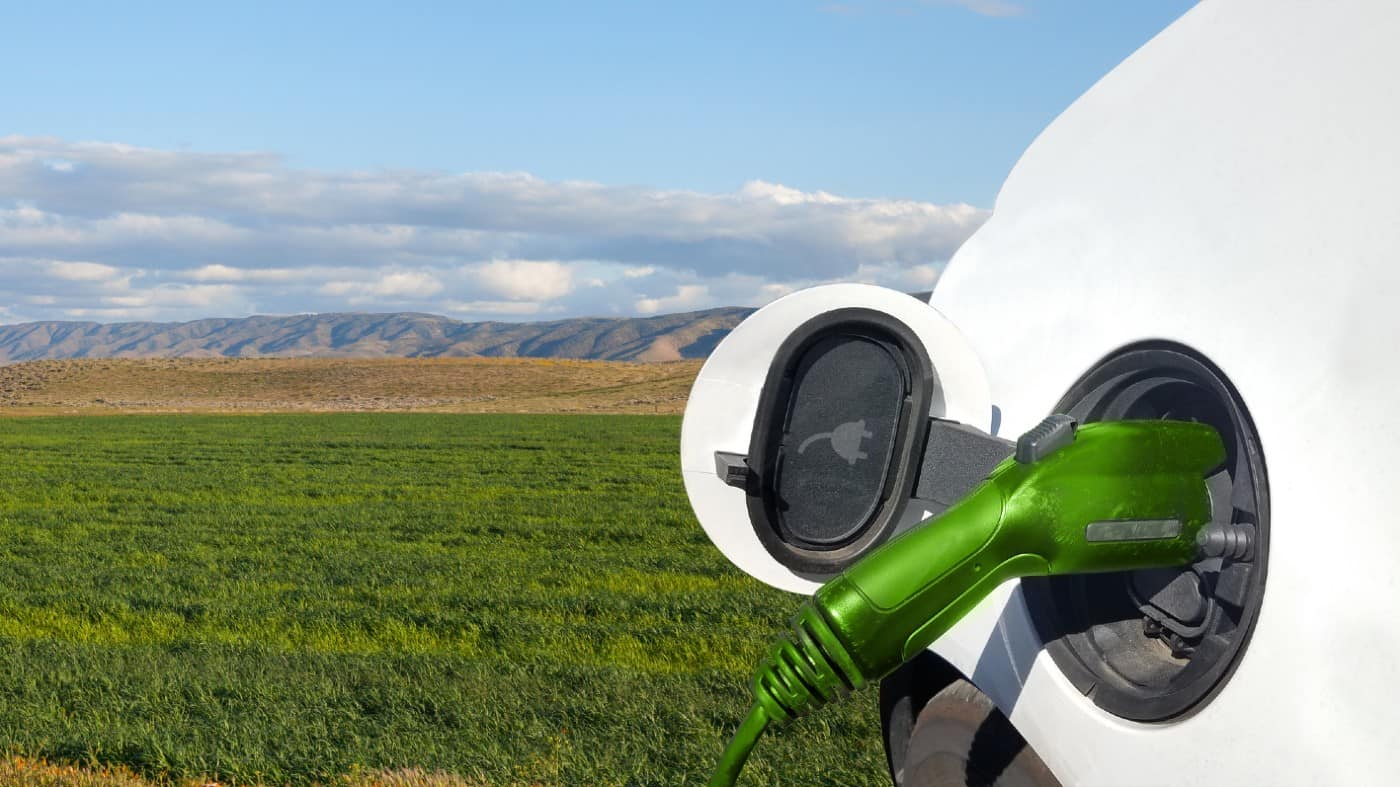I think the BP (LSE: BP) share price is one of the most undervalued investments in the FTSE 100. There are five reasons why I believe this is the case, and the market seems to be overlooking these attractive qualities.
However, rather than sitting on the sidelines, I want to take advantage of this opportunity and buy shares in the oil giant while other investors are looking the other way.
As the qualities I have outlined below start to produce results for the enterprise over the next five to 10 years, I think the market will re-rate the stock to a higher value. This could yield substantial total returns for my portfolio.
So without further ado, here are the five reasons why I think the BP share price looks undervalued.
Global footprint
The first reason is its global footprint. The company’s international operations produce hydrocarbon products for consumers worldwide, giving the corporation diversified income streams.
For example, in 2021, the firm earned $7.5bn from its Gas & Low Carbon Energy segment, up from $689m last year as major project start-ups boosted production by 9%. The Customers and Products division, responsible for refining and selling products such as petrol to consumers, reported a 5.3% increase in underlying profitability. And finally, underlying profits in the Oil Production arm hit $10.3bn, up from a $5.9bn loss in 2020.
With these multiple income streams, the company’s bottom line is protected from volatility to a certain extent. This warrants a premiums valuation in my eyes.
The wild card in the BP share price
In BP, there is also a wild card. The company owns nearly 20% of Russian oil producer Rosneft.
This position has attracted a lot of criticism in the past, but it is a profit centre for the business. In its recent results, the corporation announced that it would be paying a substantial dividend to investors, including BP. The oil giant is in line for a windfall of $1bn from the position.
Analysts expect the Russian producer to increase its output this year. That could produce even more significant dividends for BP. While this position exposes the company to geopolitical risks (especially now), it is a cash cow, and analysts believe the market is overlooking its potential value.
Strong balance sheet
I also believe the market is overlooking the company’s strong balance sheet.
Over the past couple of years, management has made a concerted effort to reduce debt by selling non-core assets and using excess free cash flow to pay up obligations. In 2021, the group completed $7.6bn of asset sales. It expects to complete a further $3bn of deals in 2022.
On top of these deals, free cash flow, excluding the impact of disposals and acquisitions, rose to $12.7bn from an outflow of $144m.
Overall, with cash flowing into the company’s coffers, it reduced net debt by $8.3bn during the year, bringing the total to $30.6bn at the end of the year.
Based on these numbers, the firm’s gearing ratio has fallen to 25.3%. This puts the enterprise in an incredibly strong position to fund further capital spending and cash returns to investors. It also limits its exposure to rising interest rates, which could be a headache for many companies in the years ahead.
Green energy transition
I think the market is also overlooking the company’s green energy ambitions. By 2030, the group expects to be spending $5bn a year on low-carbon energy projects, up from just $1.5bn in 2021. To put this number into perspective, the organisation spent $4.7bn on gas and low-carbon projects last year. It spent a similar amount on oil production.
Management believes that low-carbon projects could generate profits of between $9bn and $10bn by 2030. Even if the corporation has to stop producing oil and gas, this output could replace virtually all of its underlying profit of $12.8bn reported for 2021.
If the company’s oil and gas business is still a significant profit centre by 2030, the combined profitability of these two divisions could hit $20bn or more, although these are just projections.
BP share price valuation
I believe that all of the above qualities could drive BP’s profits higher in the years ahead. A strong balance sheet gives the organisation room to invest in its green energy drive. Rising profits provide additional cash flow, and the firm’s international operations provide some protection against oil price volatility.
However, despite these desirable qualities, shares in the oil and gas giant are selling at a forward price-to-earnings (P/E) multiple of just 6.6. Meanwhile, the market average P/E multiple is around 14. On top of this, the stock offers a dividend yield of 4.3%.
These numbers suggest that the stock could double from current levels (in the best-case scenario) while paying me a yield of 4.3%.
Risks ahead
Despite all of the above, I think it would be a mistake for me to say that this is a risk-free investment. The firm might have to overcome plenty of challenges in the years ahead.
One of the biggest potential risks is legal fallout from the green energy transition. BP could be forced to pay more for its polluting activities. It may even have to pay billions to clean up the carbon footprint it has created over the past couple of decades.
At the same time, the group is not immune from the inflationary pressures other companies are dealing with. It noted in its 2021 results that rising wages and other costs are weighing on profit margins.
These are two risks I will keep an eye on as we advance.
The bottom line
Despite these risks, I think the BP share price looks incredibly appealing as an investment at current levels. Not only is the company cheap compared to its peers, but it also has several growth initiatives in play that should help support earnings expansion over the next couple of years.








